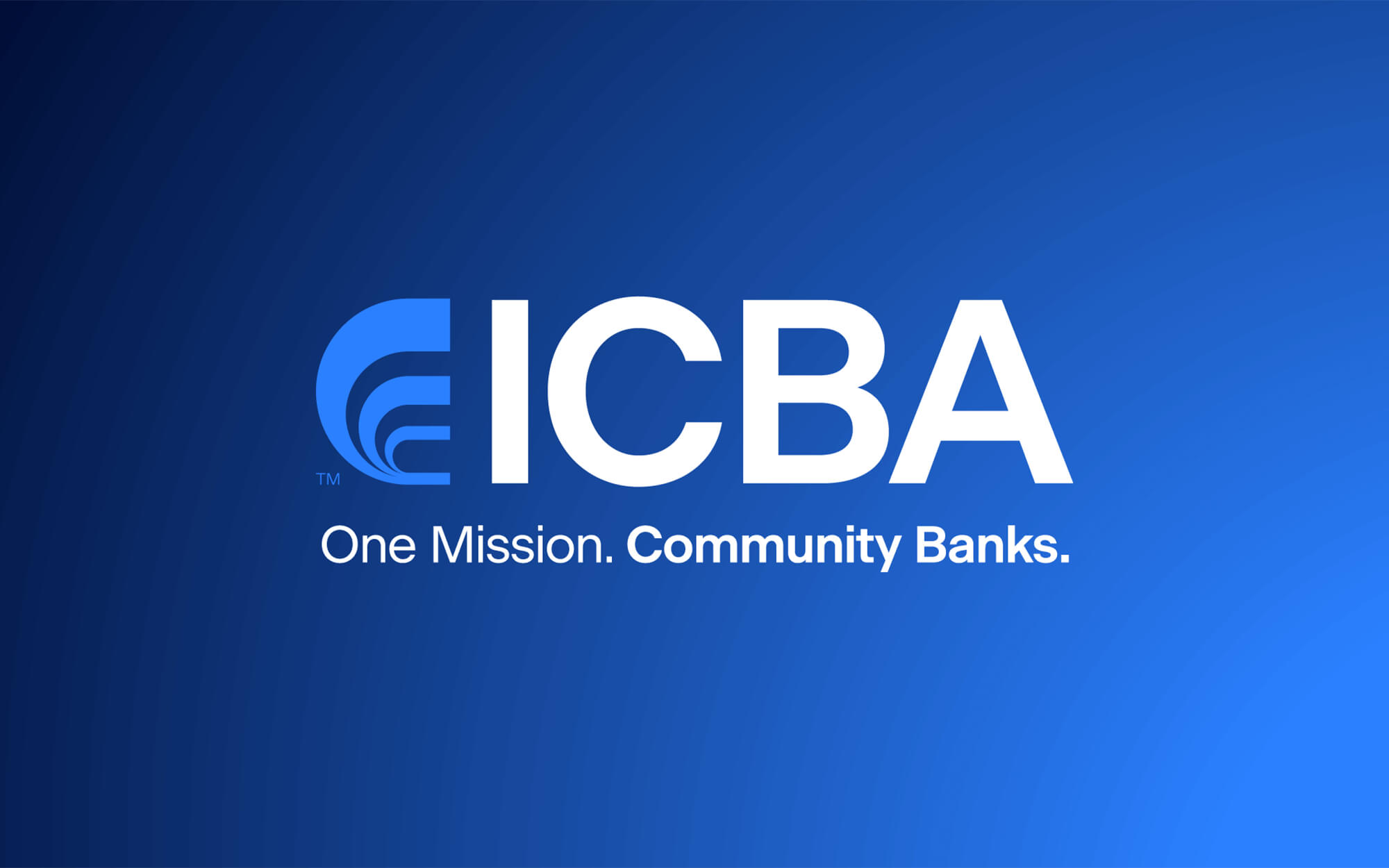The FDIC issued a new study that found community banks serve a critical role in providing access to credit in several key areas of the U.S. economy, particularly commercial real estate, small businesses, and agriculture.
The FDIC study confirmed that, relative to the broader banking sector, community banks continued to report positive financial performance during the COVID-19 pandemic. Key findings include:
- Voluntary mergers between unaffiliated institutions were the primary cause of the decline in the number of insured depository institutions between 2012 and 2019.
- Regulatory burdens affect some banks’ decisions to enter or exit the industry and the distribution of residential mortgage holdings across banks of different sizes.
- Community bank CRE, small-business, and agriculture lending far exceed their relative size within the overall banking industry.
- Community banks are successful in areas with growing economies and populations while they continue meeting the credit needs of less economically vibrant areas.
- Community banks with higher loan-to-asset ratios and those facing greater competition were greater technology adopters.





